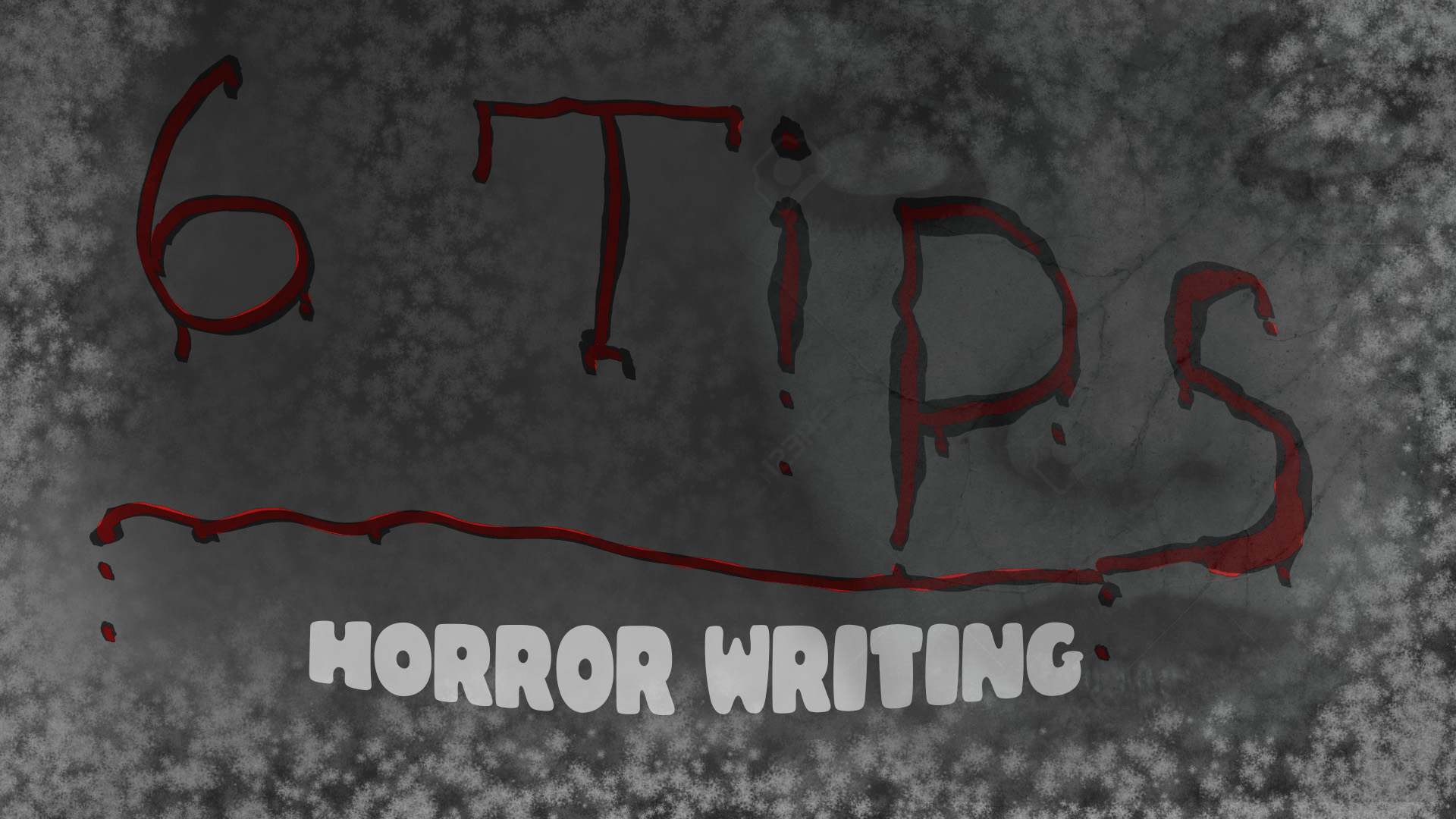If you’ve ever caught yourself staring into a dark hallway, heart racing over the idea that something, anything, might be waiting in the shadows, then hey… welcome to horror. It’s not always about buckets of blood or creepy monsters jumping out. Sometimes, it’s that weird silence. That nagging feeling that something is just… off.
I’ve been hooked on horror ever since I was a kid. I used to devour Goosebumps books like candy, and later found myself obsessed with the twisted genius of Stephen King. There was just something about the eerie atmosphere, the creeping suspense, and that delicious sense of dread that always stuck with me.
Horror writing feeds on those deep-rooted fears. It’s about the unknown, the unseen, and the unexplainable. Whether you’re just getting started with horror or you’re looking to level up your scare game, getting a grip on what really makes this genre work can turn your creepy ideas into unforgettable nightmares.
- 1. Atmosphere Over Gore
- 2. The Unseen Is Scarier
- 3. Psychological vs. Physical Horror
- 4. Pacing and Tension
- 5. Writing Style Matters
- 6. Realism Grounds the Fear
1. Atmosphere Over Gore

Great horror doesn’t rely on nonstop violence. A creaking floorboard, an empty swing moving on its own, or the hum of a TV with no signal can be way scarier than a bloody mess. Atmosphere is everything. Think mood, lighting, sound, or anything that makes your reader lean in and go, “Wait… what was that?”
That said, gore’s not the enemy. It has its place, especially in stuff like body horror or slasher stories. But here’s the deal: it hits hardest when it’s not overused. A sudden, graphic moment in a slow-burning scene can be straight-up shocking because it’s earned. Use it like seasoning, not the whole meal.
2. The Unseen Is Scarier

The scariest stuff? It’s what you don’t show. Our imaginations are brutal, and when you leave gaps, readers will fill them with their worst fears. Hint at things. A shadow that doesn’t move quite right. A voice on the phone that sounds almost, but not quite, familiar. Just enough to make your reader squirm.
Holding back actually makes your story stronger. It keeps that lingering unease going long after the reader closed the book or turned off the screen.
3. Psychological vs. Physical Horror
Being scared of something is different from being scared for someone. Physical horror is when something out there is coming for your characters, such as monsters, killers, viruses, or curses. Psychological horror? That’s when the real threat is inside their head. Doubt. Paranoia. Losing grip on reality.

Mixing the two is where the magic happens. A haunted house is creepy, sure. But if your character’s not sure whether the home is actually haunted or if they’re just unraveling mentally? Now we’re cooking.
4. Pacing and Tension
You can’t sprint through horror. You’ve gotta walk. Build it up. Drop a hint here, a weird noise there. Let the unease grow naturally. Maybe a door that was closed is now open. Maybe someone’s behavior is just a little… off. Let it build, then drop the hammer.
Keep the pace changing too. A slow scene can suddenly snap into chaos, and that jolt is what makes horror feel real. And don’t forget, sometimes what isn’t happening is scarier than what is.
5. Writing Style Matters
How you tell the story matters just as much as what you’re telling. Short, punchy sentences speed up the fear during action. Slower, descriptive ones help build that eerie vibe. Mix it up to match the moment.
And if you really want to mess with your readers, think about the point of view. First-person can drag them into the paranoia. Second-person? That’s straight-up immersive. (You hear a knock at your window. But you’re on the third floor.)
6. Realism Grounds the Fear
Even the wildest horror works better when your characters feel like real people. Give them flaws, goals, memories, or something to care about. A story about a demon attack won’t hit as hard if the people in it feel like cardboard cutouts. But if it’s a mom trying to protect her kid during that demon attack? That sticks a little bit more.
It’s the little things that make horror hit home. A half-eaten sandwich left out. A voicemail from someone who’s supposed to be dead. Those familiar pieces turning creepy? That’s when the fear really lands.
Overall, though, even the best horror tips mean nothing without a bit of practice, and what better way to show them in action than with a story meant to unsettle your nerves?
Think you’re ready to face something creepy? Click below to read an original horror short I wrote using the techniques we just explored:
Let me know what you think of the story in the comments here or on that post. I’m always open to feedback! And if you’re a writer yourself and want to share your own spooky tale, feel free to reach out to me. I’d love to read it, and if you’re interested, I might even narrate your story on my YouTube channel just like I did for mine.


Leave a Reply